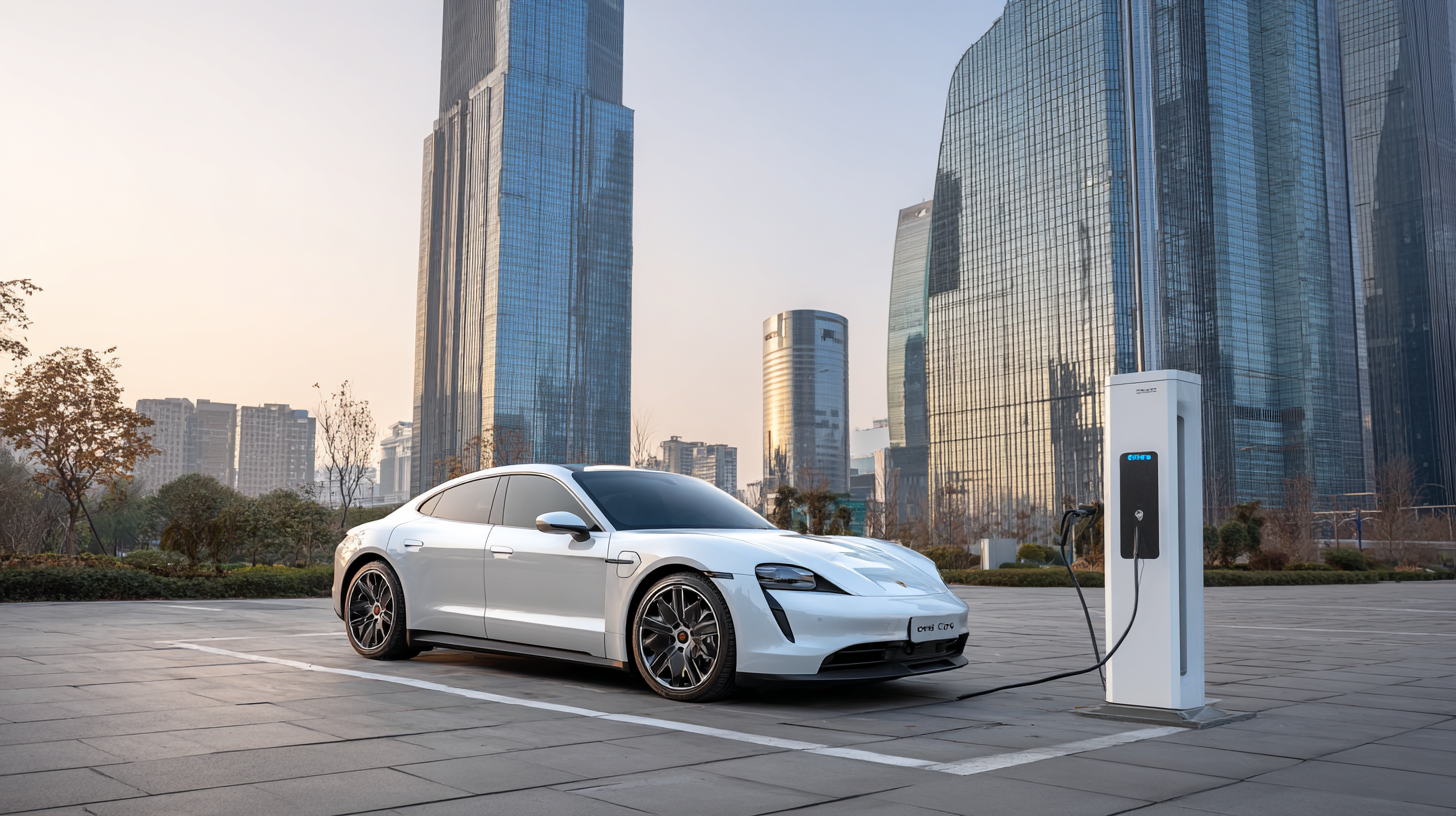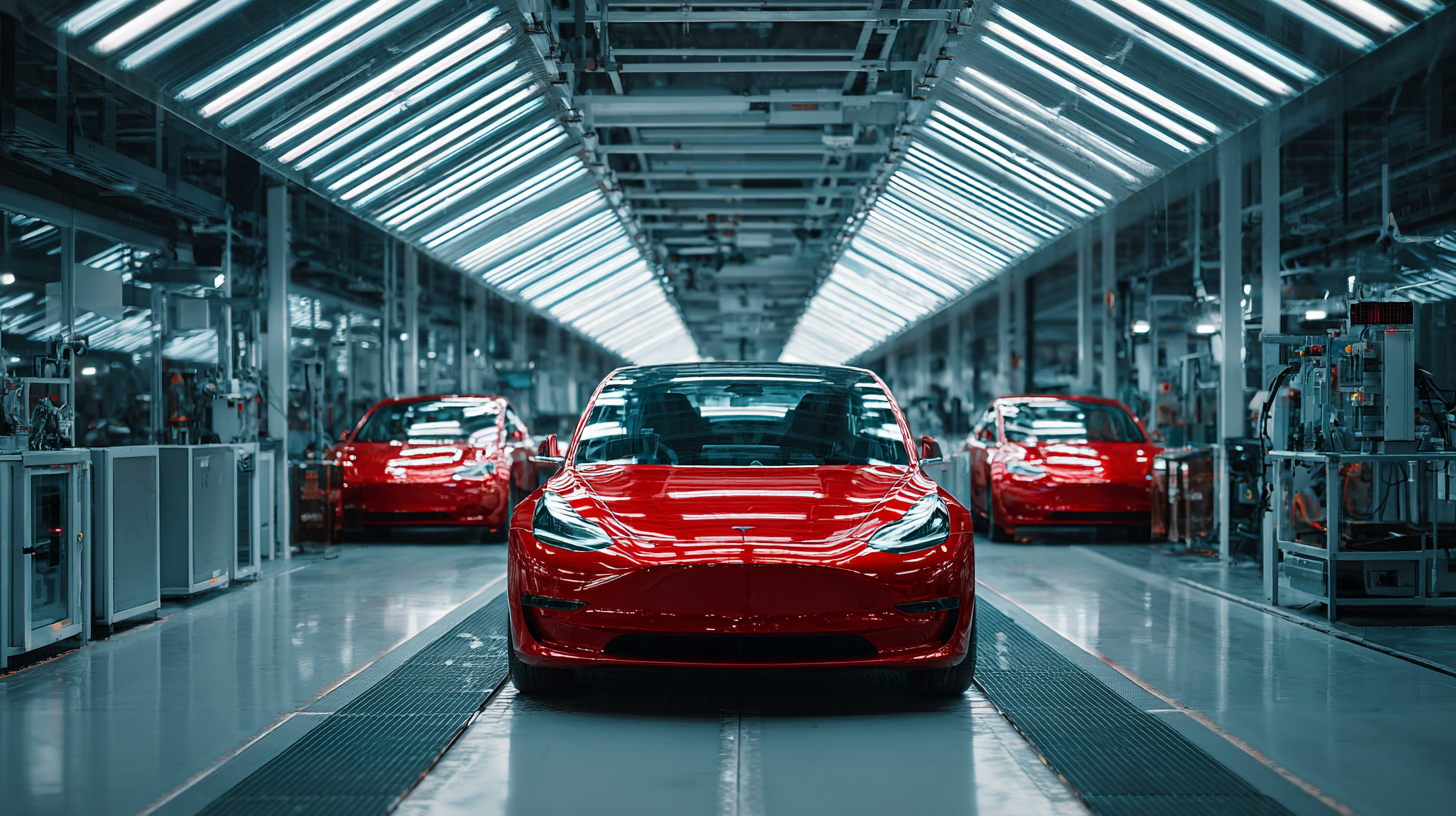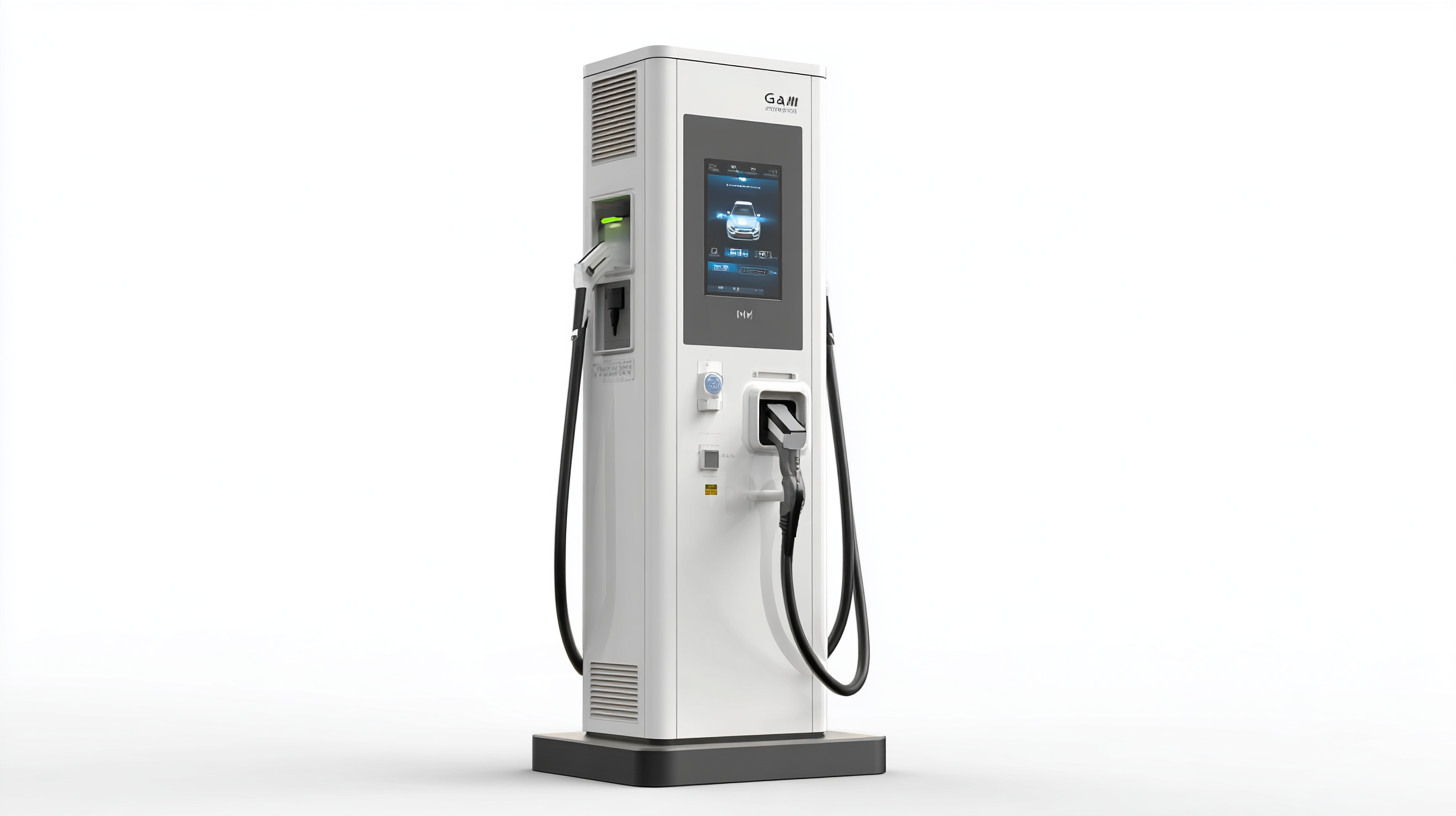Leave Your Message
As the demand for rapid charging solutions continues to surge, the emergence of GaN (Gallium Nitride) fast chargers has revolutionized the landscape of power electronics. According to a recent report by MarketsandMarkets, the global GaN semiconductor market size is projected to reach USD 1.97 billion by 2025, growing at a CAGR of 31.6% from 2020 to 2025. Leading Chinese manufacturers are at the forefront of this transformation, delivering superior manufacturing capabilities by leveraging advanced GaN fast charger technology.

This cutting-edge technology not only allows for compact and efficient designs but also significantly enhances charging speeds and energy efficiency. As consumers and businesses alike seek faster and more reliable power solutions, the role of GaN fast chargers is becoming increasingly vital in the modernization of charging infrastructure across various sectors.
In today’s rapidly evolving market, traditional charging solutions face significant challenges that hinder their efficiency and adaptability. These solutions often struggle with compatibility issues across various devices, leading to increased downtime and consumer frustration. Additionally, the slow charging speeds and bulky designs of conventional chargers fall short of meeting the standards set by modern technology. As the demand for fast and efficient charging rises, manufacturers must seek innovative alternatives to overcome these obstacles.
 One effective way to address these concerns is by embracing advanced technology like the Gan fast charger. This technology not only provides faster charging times but also ensures better energy efficiency, reducing heat generation and extending the lifespan of devices. To maximize the benefits of Gan fast chargers, consider the following tips: first, safely utilize smart charging cables that can handle higher currents; second, always monitor the health of your devices to prevent long-term damage; and finally, stay updated with manufacturer guidelines to ensure you are using the most suitable charging solutions for your needs.
One effective way to address these concerns is by embracing advanced technology like the Gan fast charger. This technology not only provides faster charging times but also ensures better energy efficiency, reducing heat generation and extending the lifespan of devices. To maximize the benefits of Gan fast chargers, consider the following tips: first, safely utilize smart charging cables that can handle higher currents; second, always monitor the health of your devices to prevent long-term damage; and finally, stay updated with manufacturer guidelines to ensure you are using the most suitable charging solutions for your needs.
As the landscape of charging solutions continues to shift, companies equipped with cutting-edge technology will undoubtedly gain a competitive edge. Transitioning to more efficient alternatives like Gan fast chargers will allow manufacturers to meet consumer demands while enhancing the overall user experience.
The impact of GaN (Gallium Nitride) fast charger technology on manufacturing efficiency is transformative. According to a report by MarketsandMarkets, the GaN power device market is projected to grow from USD 1.2 billion in 2021 to USD 7.4 billion by 2026, at a CAGR of 43.5%. This rapid expansion is driven by the increasing demand for efficient power solutions across various sectors, including consumer electronics and electric vehicles. Manufacturers leveraging GaN technology can experience improved thermal management and reduced energy losses, which directly translates to higher efficiency in production processes.
Moreover, GaN chargers promise to reduce the size and weight of power systems, enabling manufacturers to optimize their production layouts. A study from the Power Sources Manufacturers Association highlights that implementing GaN technology can lead to a 30% reduction in circuit board space, allowing for more compact designs. This efficiency not only enhances production speeds but also minimizes material waste, aligning with sustainable manufacturing practices. As leading Chinese factories adopt GaN technology, they are setting new benchmarks in manufacturing excellence, paving the way for a future where efficiency and sustainability go hand in hand.
Fast charging technologies have come a long way, but misconceptions about their functionality still abound. Many users believe that fast chargers will damage their devices or reduce battery longevity. However, advanced charging technology is designed to optimize power delivery to maintain battery health. It's essential for users to understand that quality chargers intelligently manage current levels to safely charge devices quickly without compromising battery life.

In light of recent developments in sustainable transportation, such as Singapore's initiative to transition to clean energy vehicles by 2030, the importance of efficient charging solutions is further accentuated. With the rise in electric vehicle usage, robust fast charging infrastructure will be critical in supporting this shift. Emphasizing the reliability of fast chargers can enhance consumer confidence in adopting electric vehicles, which is essential for the success of such green initiatives.
Tips for consumers include investing in certified fast chargers that ensure compatibility with their devices. Additionally, users should familiarize themselves with their device's charging specifications and choose chargers that meet these requirements. This approach not only optimizes charging times but also helps maintain battery integrity over its lifespan.
The integration of Gallium Nitride (GaN) technology into manufacturing processes is revolutionizing the industry, offering higher efficiency and compact designs. However, adopting GaN in factories comes with a unique set of technical hurdles that manufacturers must navigate. One significant challenge is managing thermal performance. GaN devices are known for their high efficiency, but they also generate significant heat that needs to be effectively dissipated. This requires advanced cooling systems and materials that can withstand elevated temperatures, which adds complexity to production lines.
Another hurdle is compatibility with existing systems and infrastructures. Many factories rely on legacy equipment designed for traditional silicon-based technologies. Transitioning to GaN necessitates not only new devices but also potential modifications to the entire assembly process. This means that companies must invest in training and upskilling their workforce to adapt to these changes, ensuring they fully harness the benefits of GaN. Addressing these technical issues is essential for manufacturers looking to leverage the superior performance of GaN fast charger technology in an increasingly competitive market.
The evolution of fast charging technology is set to play a pivotal role in the thriving electric vehicle (EV) sector as we step into this new era of automotive innovation. As highlighted in recent reports, the demand for efficient and rapid charging solutions has never been greater, particularly as the market for electric vehicles continues to surge. The introduction and optimization of GaN (gallium nitride) fast chargers is emerging as a game-changing solution, significantly enhancing the charging experience by reducing charge times and increasing energy efficiency.
Furthermore, the advent of wireless charging technology is transforming how consumers interact with their electric vehicles and related devices. The challenge lies in synchronizing the development of both smartphones and charging devices, as the industry seeks to establish a seamless user experience. As new players enter the charging infrastructure market, providing solutions like rental services and around-the-clock availability, the landscape is rapidly evolving. This progression highlights not only the value of innovation in addressing consumer pain points but also the potential to reshape urban energy dynamics, ensuring that the integration of EVs into daily life is both sustainable and convenient.
